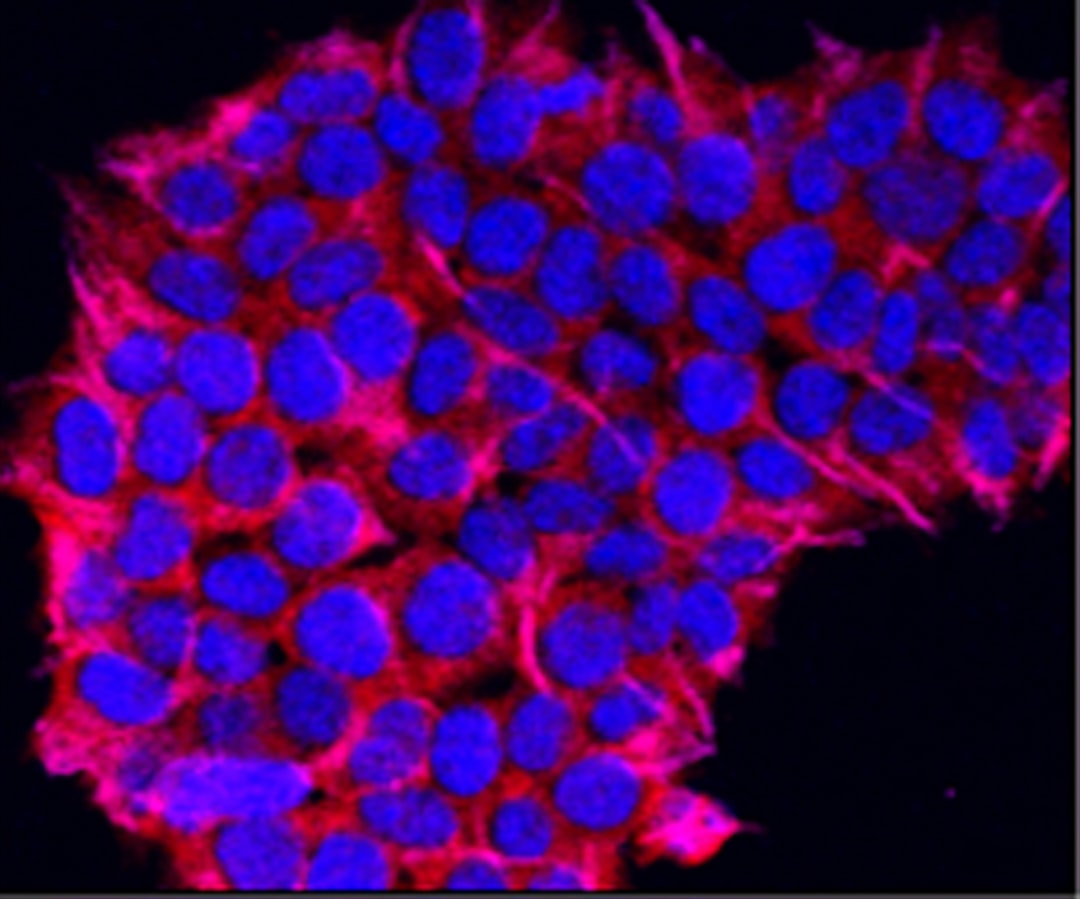What is it about?
While innovation drives advancement, it is not immune to failure. Previously, we reported a corrosion-related revision rate of 28% (23 of 81 total hip arthroplasties) among patients who received the Rejuvenate modular-neck stem implant with short-term follow-up. However, the high failure rate of this implant design within 5 years prompted this report. We believe that patients and orthopaedic surgeons should be made aware of this implant’s clinical problems, and patients should be followed closely. Expedient revision is necessary when failure is identified, to minimize potentially severe tissue damage and metal toxicity.
Featured Image
Why is it important?
In this study an elevated serum cobalt ion level was the most important independent factor associated with revision surgery. Cobalt ion levels decreased sharply after revision. Close monitoring of patients following THA is important for optimal, long term outcomes. Reporting of implant failures is important in the ongoing improvement of joint replacement implants and techniques.
Read the Original
This page is a summary of: Eighty-six Percent Failure Rate of a Modular-Neck Femoral Stem Design at 3 to 5 Years, Journal of Bone and Joint Surgery, June 2016, The Journal of Bone and Joint Surgery, Inc.,
DOI: 10.2106/jbjs.15.01082.
You can read the full text:
Contributors
The following have contributed to this page










